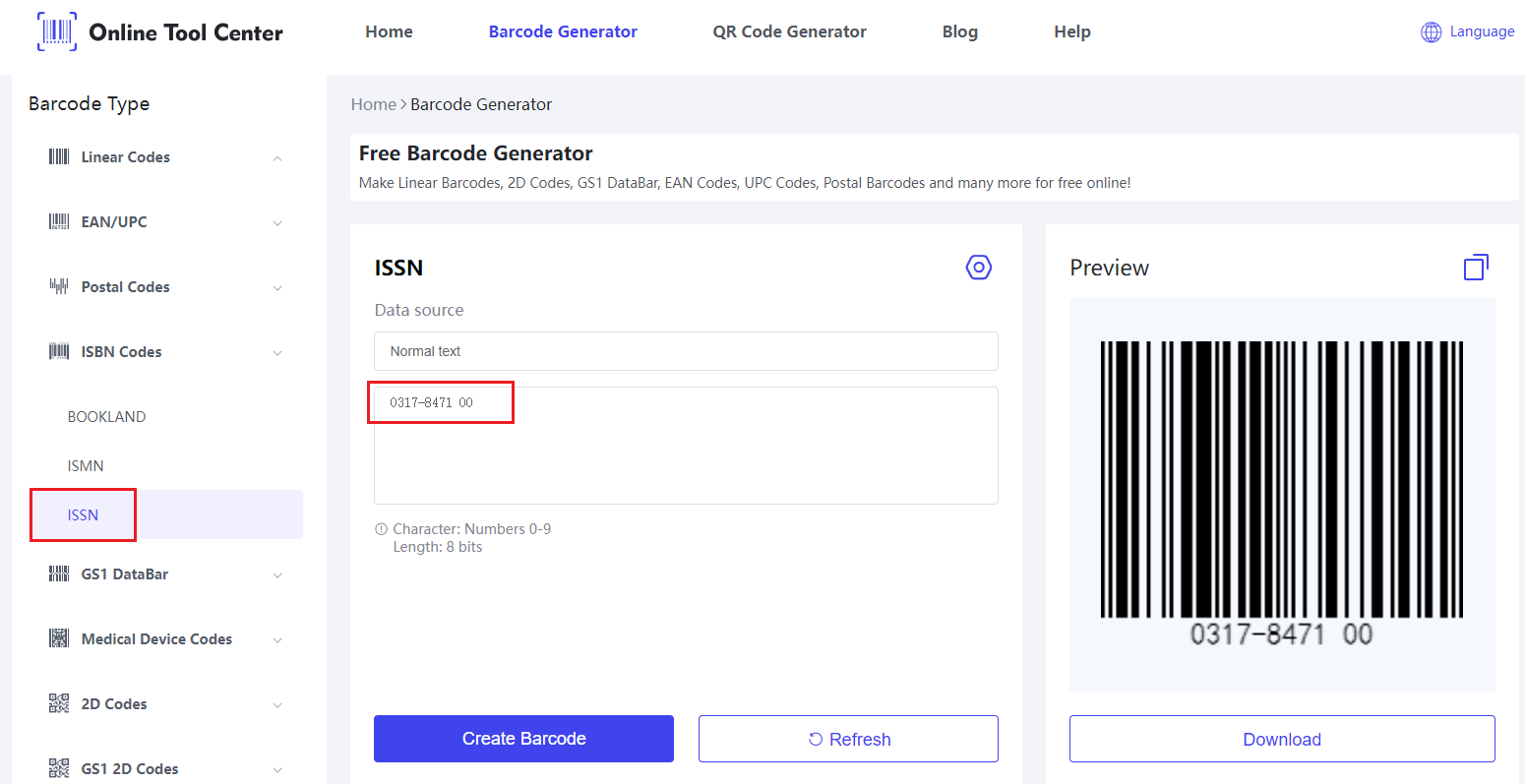What is the ISSN meaning? The International Standard Serial Number (ISSN) is a unique identifier used to recognize serial and continuing publications worldwide. This numeric code plays a critical role in the standardization and efficient management of publications across various platforms, making it a pivotal tool in the global publishing sector.
What is an ISSN?
An ISSN, or International Standard Serial Number, is an 8-digit code that uniquely identifies a serial publication. The ISSN system facilitates the differentiation of similar titles and simplifies the management and distribution of serial content.
The Structure of ISSN
An ISSN consists of two groups of four digits, separated by a hyphen. This structure allows for over 75 million possible combinations, ensuring that each serial publication can be uniquely identified. The last digit of an ISSN is a check digit, which is calculated by a mathematical formula to verify the accuracy of the entire number.
The Practical Uses of ISSN
1. ISSN in Libraries
In libraries, ISSNs simplify the processes of identification, ordering, and interlibrary loans. They enable librarians to manage collections more effectively, ensuring that patrons have access to required serials without delays.
2. Use of ISSN by the U.S. Postal Service and Copyright Tracking
The U.S. Postal Service utilizes ISSNs for sorting and delivering periodicals. Additionally, ISSNs are instrumental in tracking copyright ownership and usage, providing a clear trail for legal and distribution purposes.
3. Enhancements in Electronic Archiving and Data Exchange
The adoption of ISSNs has enhanced electronic archiving systems and data exchange across different platforms, facilitating seamless access to serial publications globally.
4. ISSN's Role in Distribution and Management
ISSNs are extensively used in the distribution and management of serial publications. They help in streamlining the processes involved in subscriptions, distributions, and rights management, making the overall workflow much more efficient.
How to Obtain an ISSN?
1. Check Qualification
Ensure your publication, like a journal or magazine, qualifies for an ISSN.
2. Collect Information
Gather details such as the publication’s title, publisher, and frequency.
3. Apply Online
Submit your application via the national ISSN Center's website, corresponding to your publication's country.
4. Integrate ISSN
Once received, display the ISSN prominently on your publication.
5. Generate ISSN Barcode
Use an ISSN barcode generator to create a barcode for retail distribution.

6. Verify Barcode
Use a barcode scanner to verify the accuracy of the ISSN code on your barcode.
7. Update as Needed
Apply for a new ISSN if significant changes occur, such as a title change.
To sum up, the ISSN system remains crucial in the management of serial publications, providing a structured and standardized approach to cataloging and distribution.
As we advance further into the digital era, the role of the ISSN is expected to grow, adapting to new challenges and continuing to facilitate the global dissemination of information. This underscores its enduring relevance in a digitally connected world.
FAQs on ISSN
1. What is the Difference Between ISSN and ISBN?
ISBN VS ISBN: While an ISSN identifies serial publications, an International Standard Book Number (ISBN) is used for identifying monographs or books. Each system serves a distinct type of publication.
2. Can the Same ISSN be Used for Different Media Formats of the Same Publication?
Generally, different formats of the same publication (e.g., print, online) require separate ISSNs because each format is treated as a distinct edition.




